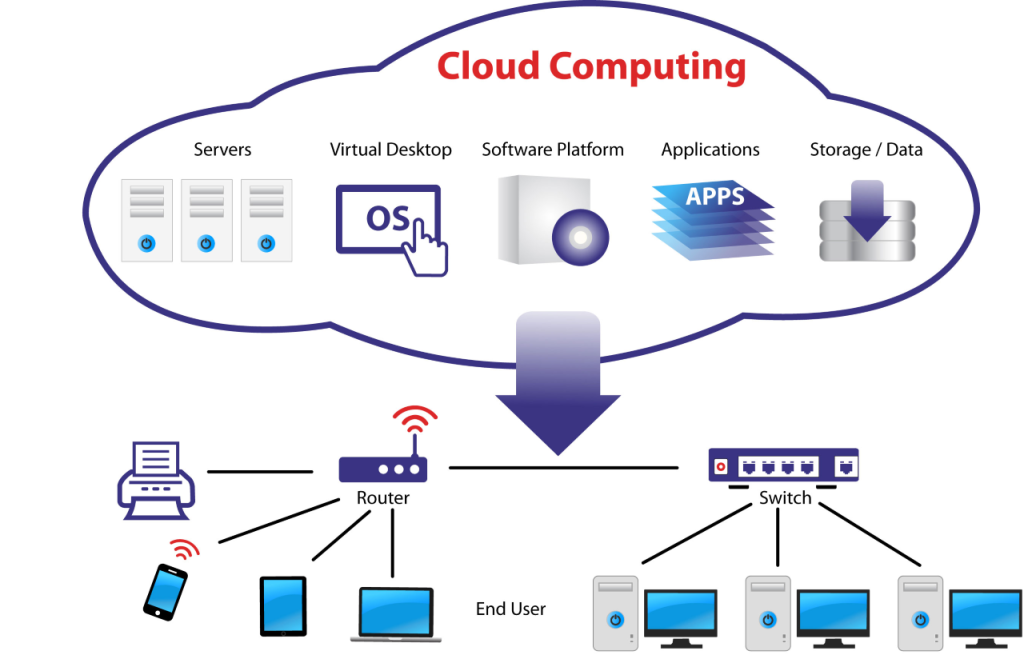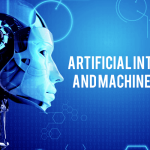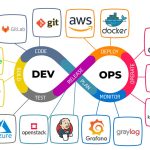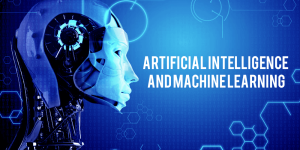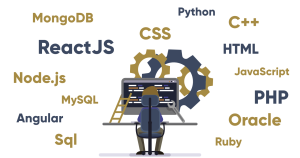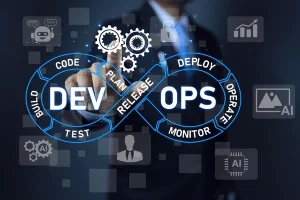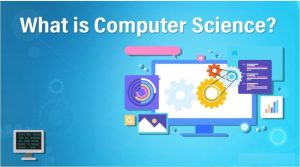Cloud Computing Fundamental
Description:
Understand how cloud services work, explore cloud providers, and learn the foundational knowledge required to deploy and manage cloud-based solutions.
Learning Objectives:
-
Learn cloud service and deployment models
-
Understand key providers: AWS, Azure, GCP
-
Explore virtualization and containerization
-
Understand cloud storage and networking
Detailed Content:
9.1 What is Cloud Computing?
Cloud computing delivers computing services (servers, storage, databases, networking, software) over the internet on a pay-as-you-go basis.
9.2 Cloud Characteristics
-
On-demand access
-
Scalability
-
Resource pooling
-
Broad network access
-
Measured service
9.3 Service Models
-
IaaS (Infrastructure as a Service): Servers, storage, networking (e.g., AWS EC2)
-
PaaS (Platform as a Service): Application hosting (e.g., Heroku)
-
SaaS (Software as a Service): End-user applications (e.g., Google Workspace, Dropbox)
9.4 Deployment Models
-
Public cloud: Services via the internet
-
Private cloud: Used exclusively by one organization
-
Hybrid cloud: Combines public and private
9.5 Virtualization and Containers
-
Virtual Machines (VMs): Simulated hardware
-
Hypervisors: Type 1 and Type 2
-
Containers: Lightweight, portable (Docker, Kubernetes)
9.6 Cloud Storage and Databases
-
Object storage (Amazon S3)
-
Cloud-native databases (Firebase, DynamoDB)
9.7 Cloud Security
-
Identity and access management (IAM)
-
Shared responsibility model
-
Data encryption in transit and at rest
